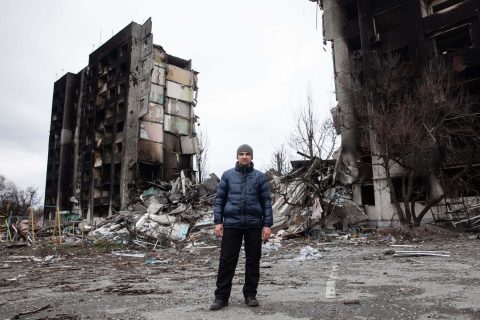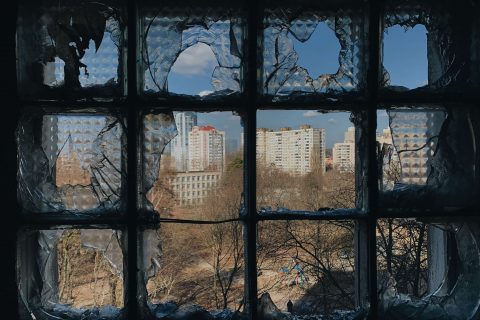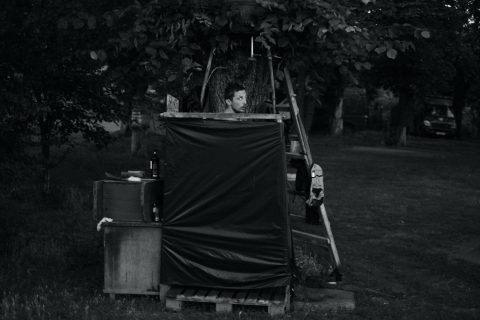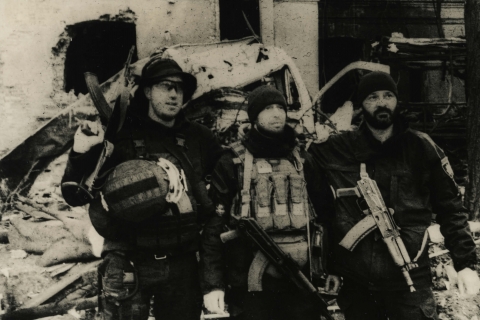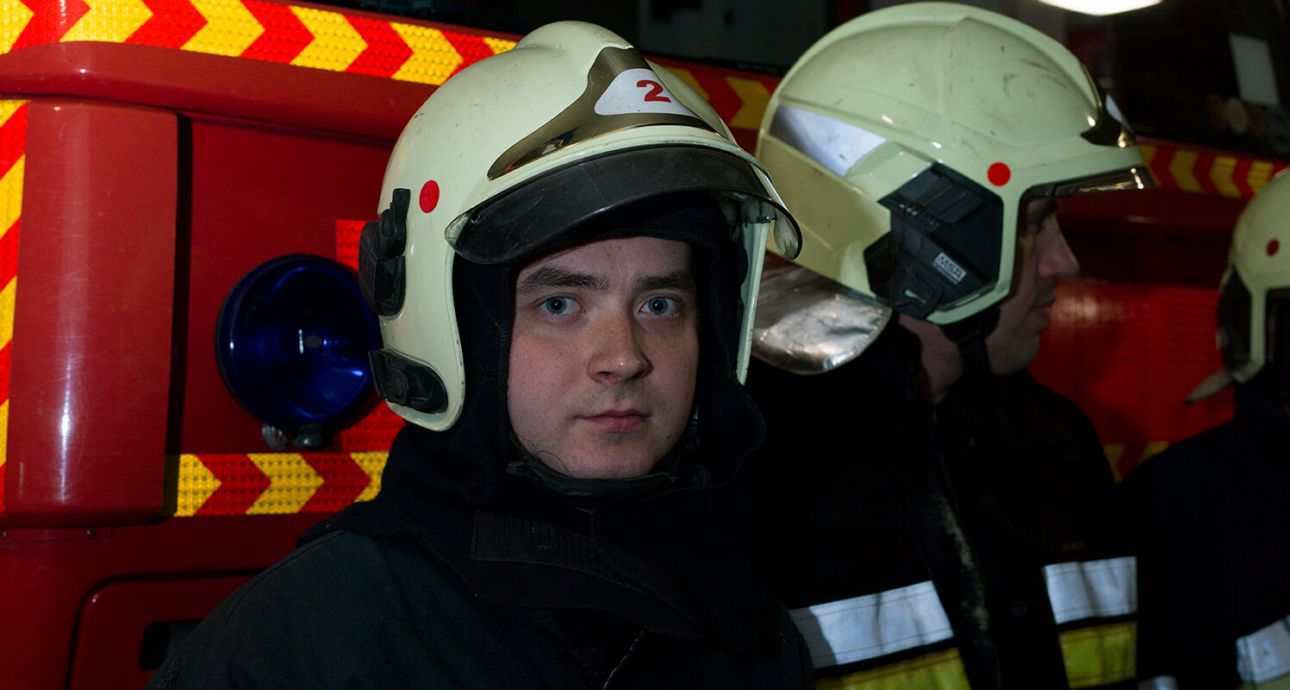
Two Days with Kharkiv Rescuers: Reportage by Yana Kononova
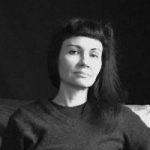
Photographer, Ph.D. in Sociology. Graduated from Viktor Marushchenko's School of Photography and completed a photography course by Image Threads Collective (USA). In 2019, she won the "Discovery of the Year" nomination at the national award "Ukrainian Science Photo" by Bird in Flight. This year, she received the Hariban Award from a Japanese competition for her series "Radiation of War." Her works have been exhibited in Ukraine and abroad.
— War is experienced differently in every city. In the frontline city of Kharkiv, what strikes me the most is the atmosphere – there is no sense of chaos or panic. The city is in a collected and tense state. There are few people and cars on the streets. For many Kharkiv residents, the war has turned into daily hard work.
Lately, I have been going there often. This time, my company consisted of my acquaintance, photographer Nicoletta Yurets, and American photographer Dom Marker, who was born in Kharkiv and is currently working on a project about Ukraine. We combined two missions: an interest in the work of the State Emergency Service of Ukraine (SESU) and documenting war crimes related to the destruction of civilian infrastructure.
In the frontline city of Kharkiv, what strikes me the most is the atmosphere – there is no sense of chaos or panic.
We spent two days together with the rescuers, heading to the sites of recent shelling: a daycare center in the city center, the hotel complex “Misto,” the Printing House, and the private sector that had been hit on the first day of our visit. These objects were destroyed by spontaneous terror. There were no military targets; shots were fired, and that was it.
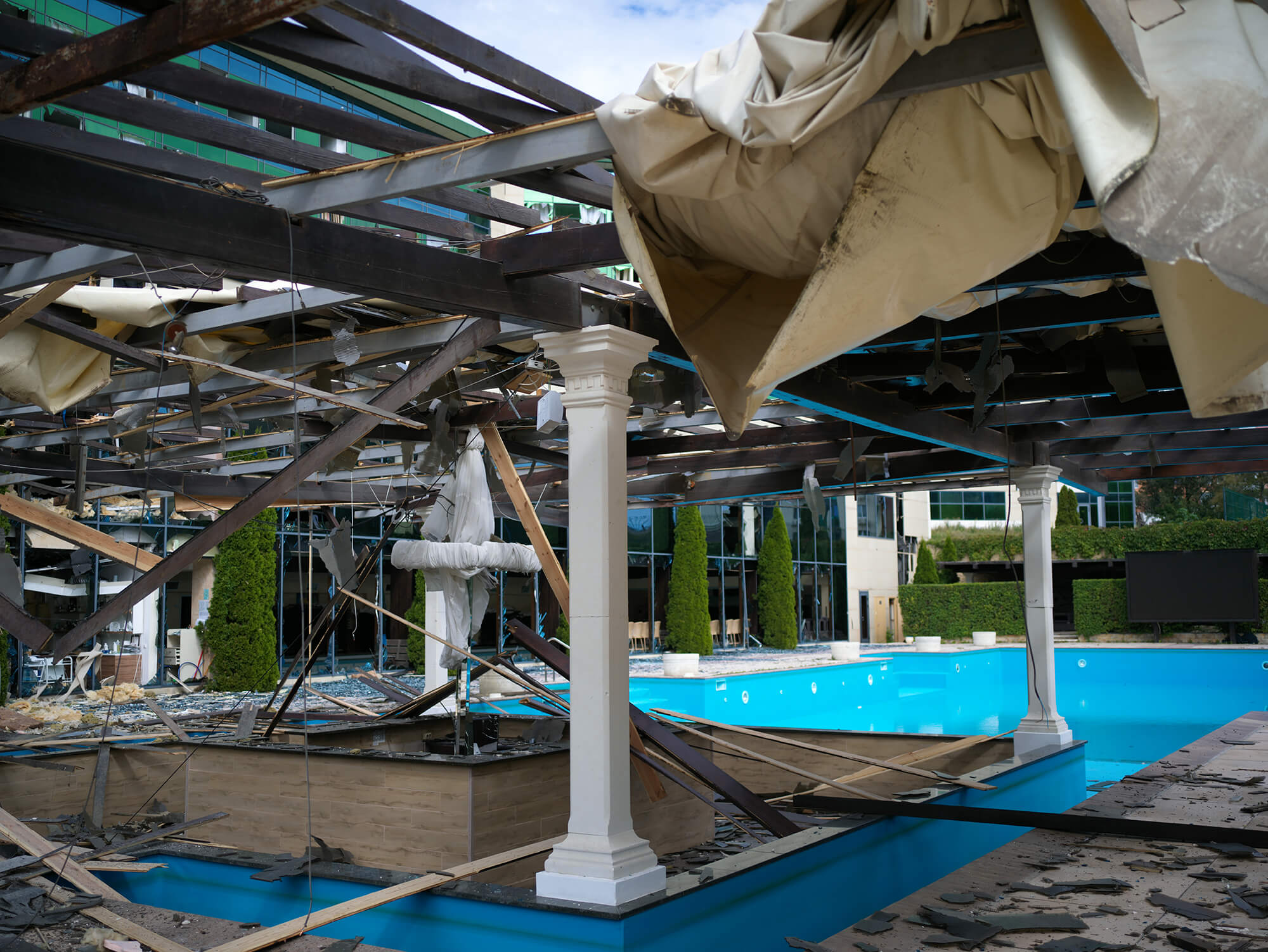
The hotel complex "Misto"
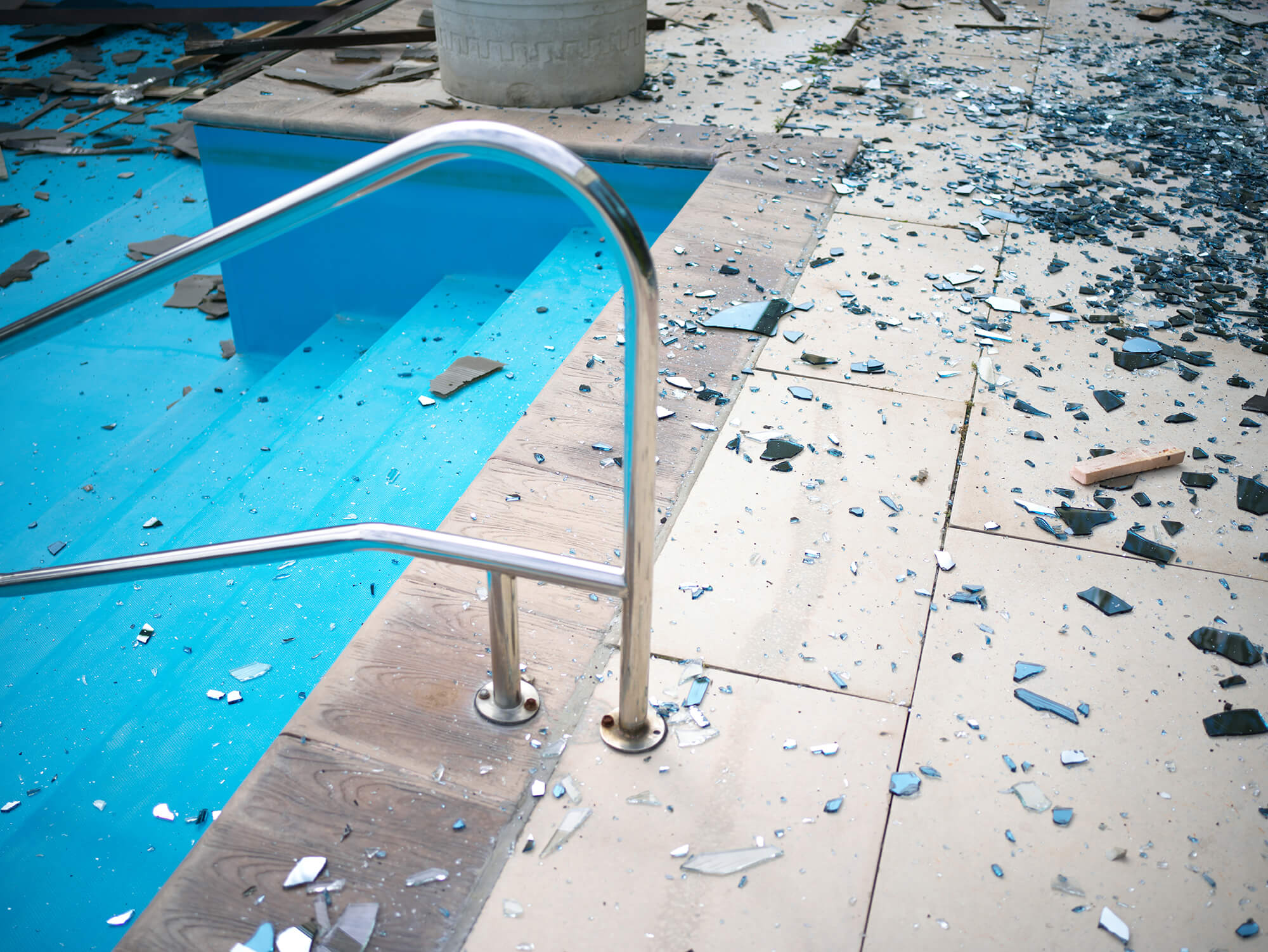
The hotel complex "Misto"
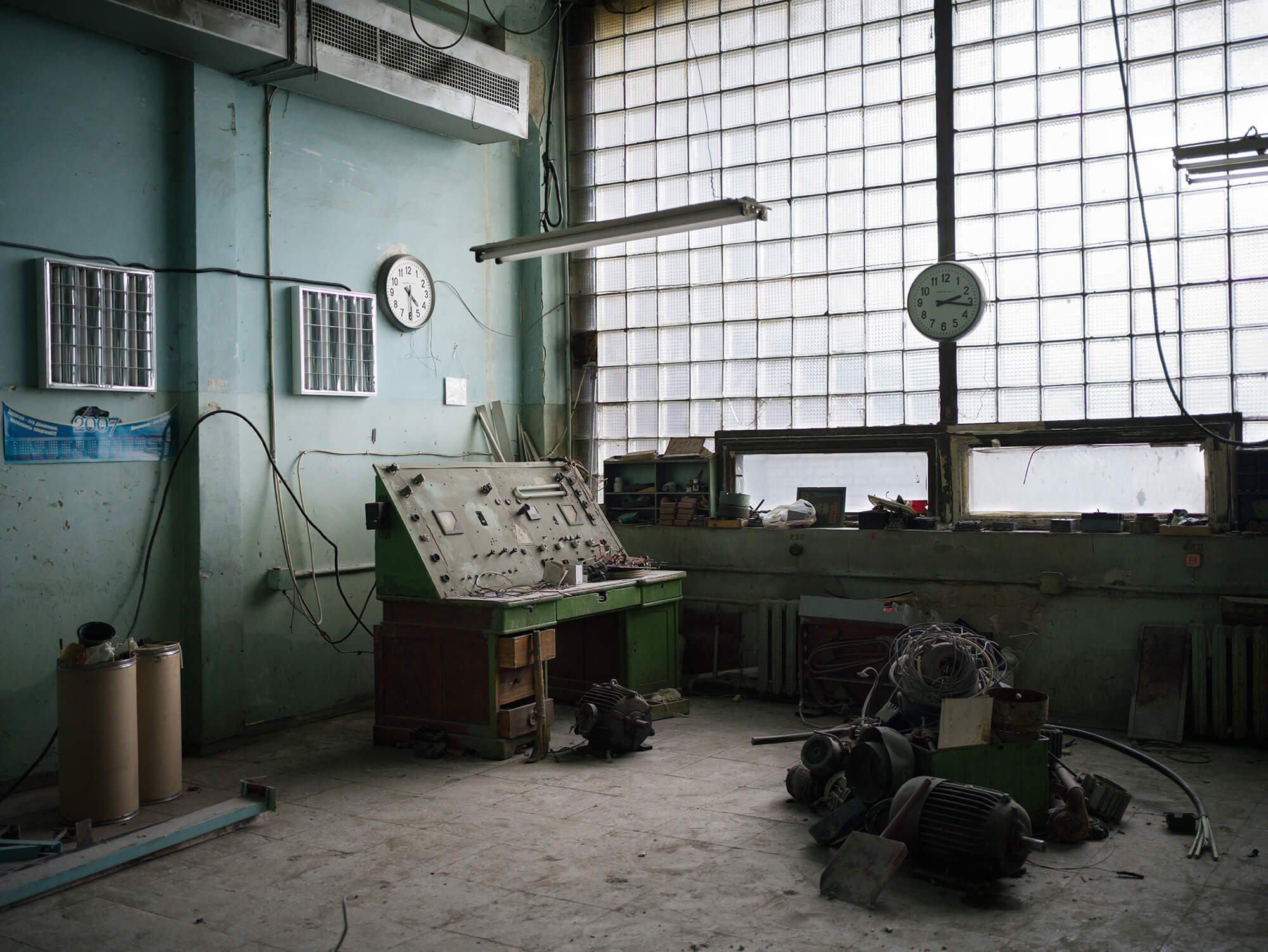
The interior of the old workshops of the Printing House, tidied up after the shelling of the building
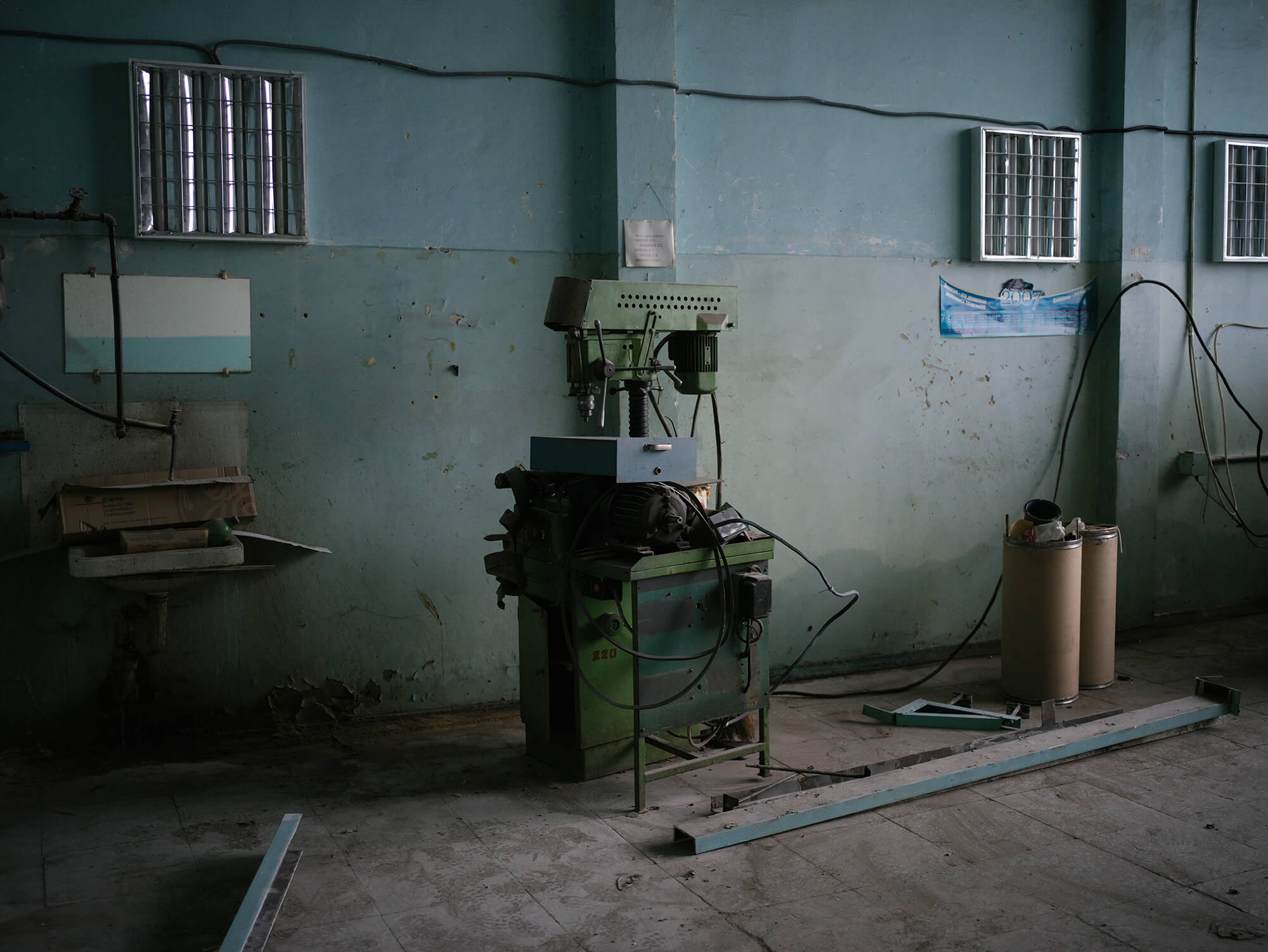
The interior of the old workshops of the Printing House, tidied up after the shelling of the building
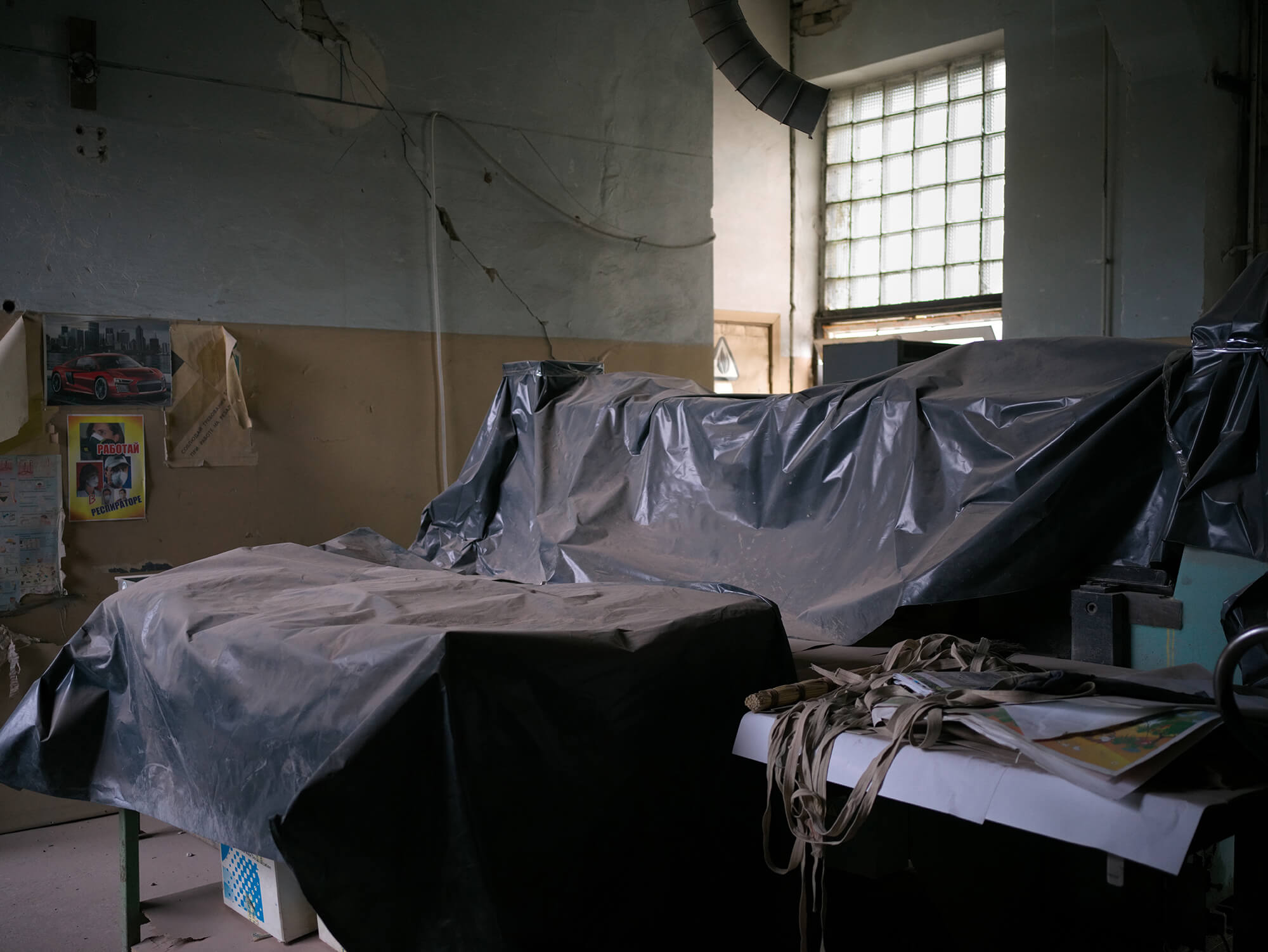
Printing House
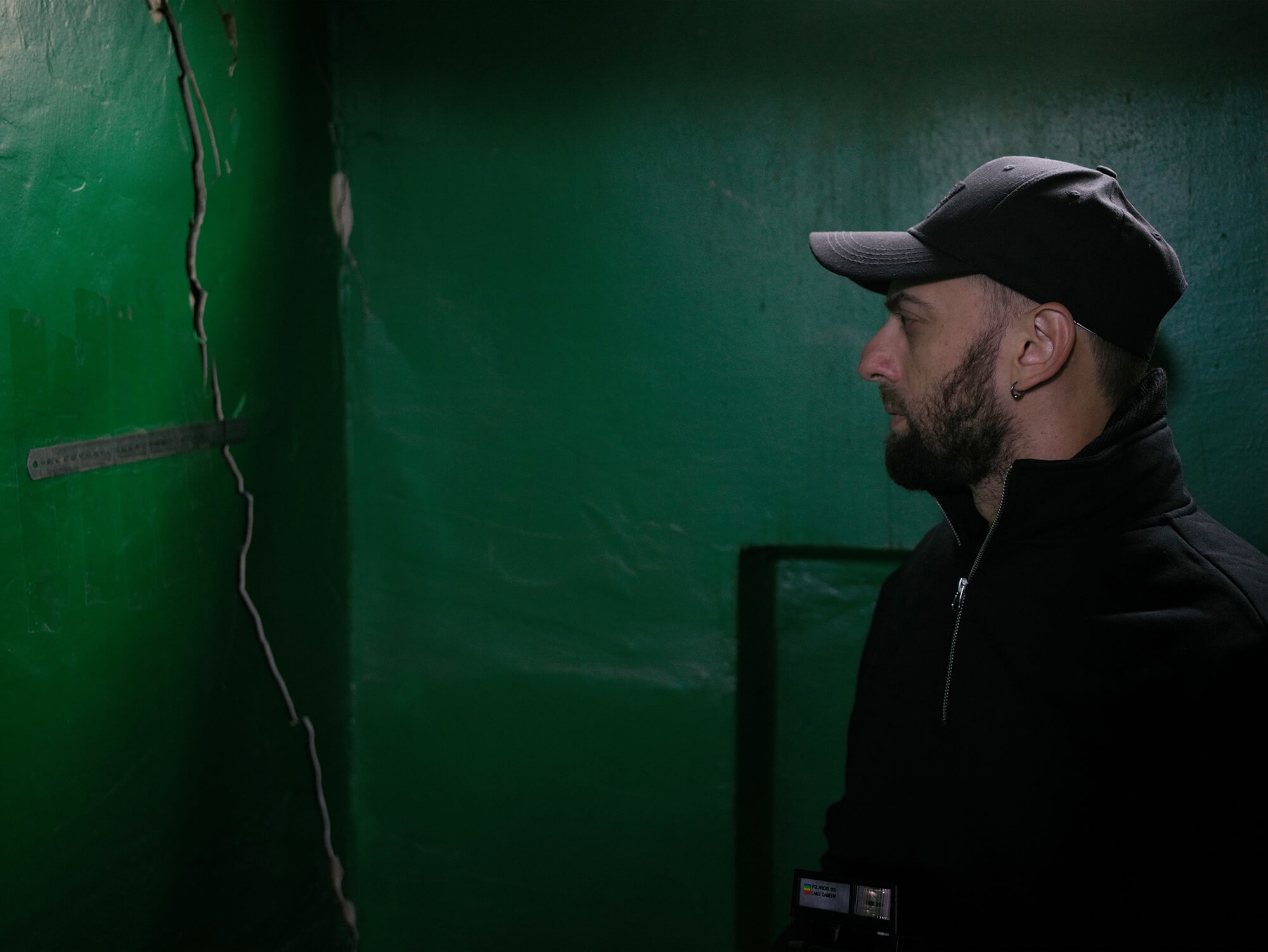
A portrait of photographer Dom Marker inside the Printing House
The rescuers we spent time with were constantly busy due to a high number of alarms and call-outs. In the past six months, they often had to literally live at work for several days. They are involved in clearing the debris and rescuing people from the rubble – it’s very challenging work. Kharkiv has many such units, and they respond promptly to all emergencies. Two of them were bombed at the beginning of the Russian invasion.
Now I continue shooting my black and white project Radiations of War. With its help, I try to find the image of this war, its specificity. The trip to Kharkiv was more of an impromptu decision. I was interested in capturing this reality on a digital camera, which provides a more immediate image compared to black and white film with its abstraction. I wanted to create portraits of people in the form of a diary. I also seek to find an answer to the question of how this method of documenting events can differ from journalism or if it can redefine it.
I was interested in capturing this reality on a digital camera, which provides a more immediate image compared to black and white film with its abstraction.
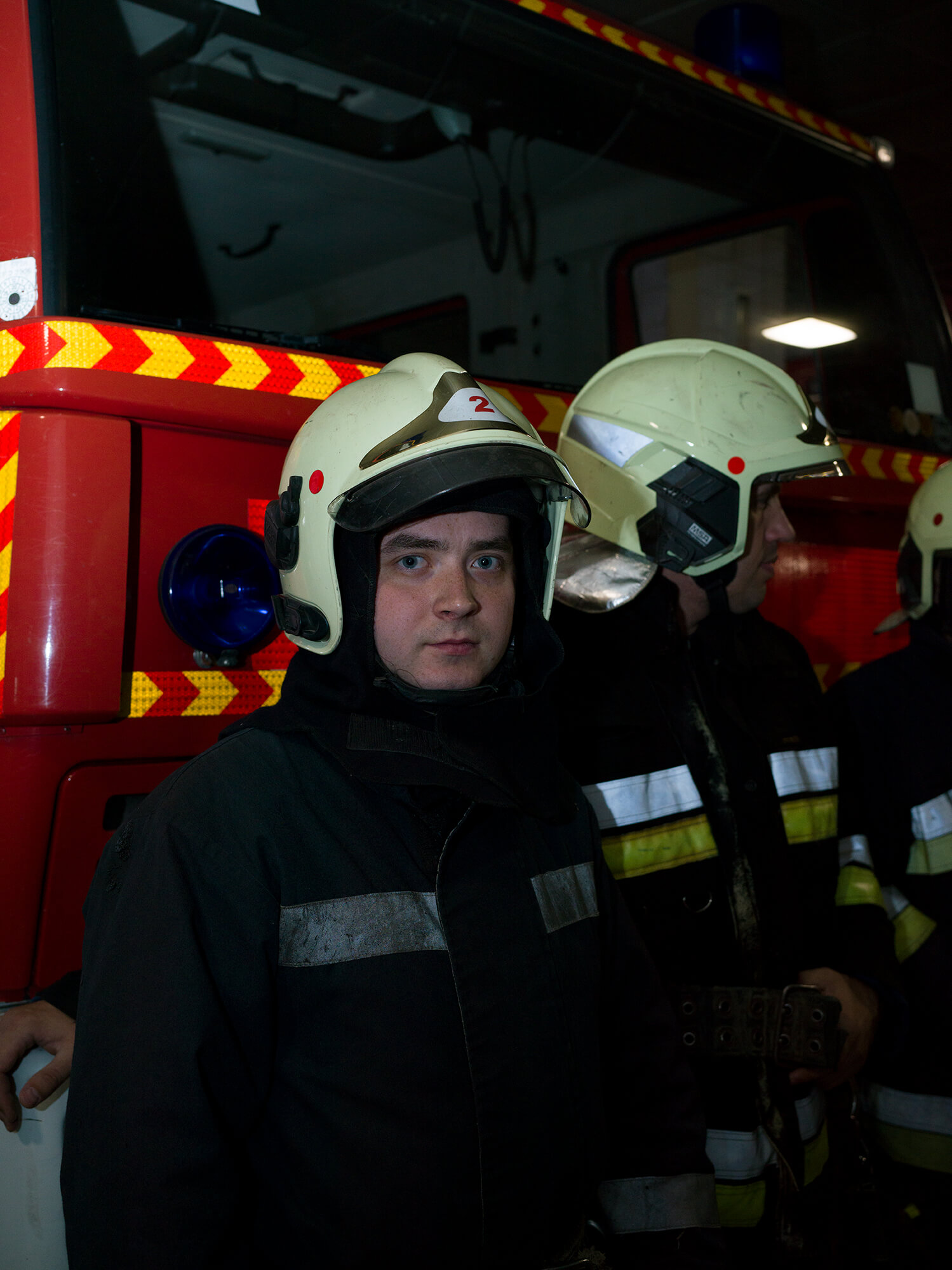
Vyacheslav Solodilov and Andriy Predatskyi, employees of the fire and rescue second unit
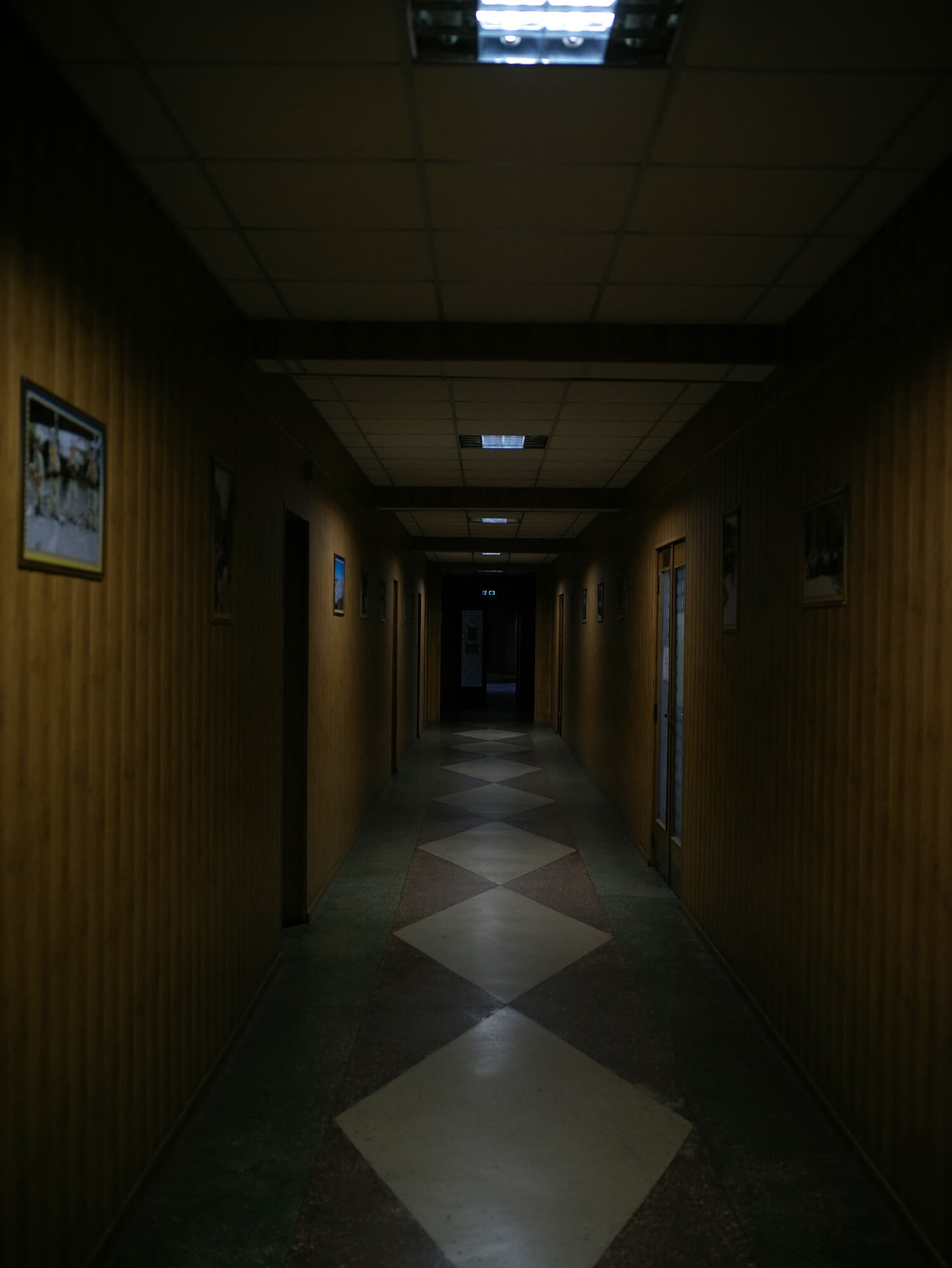
The interior of the fire and rescue station
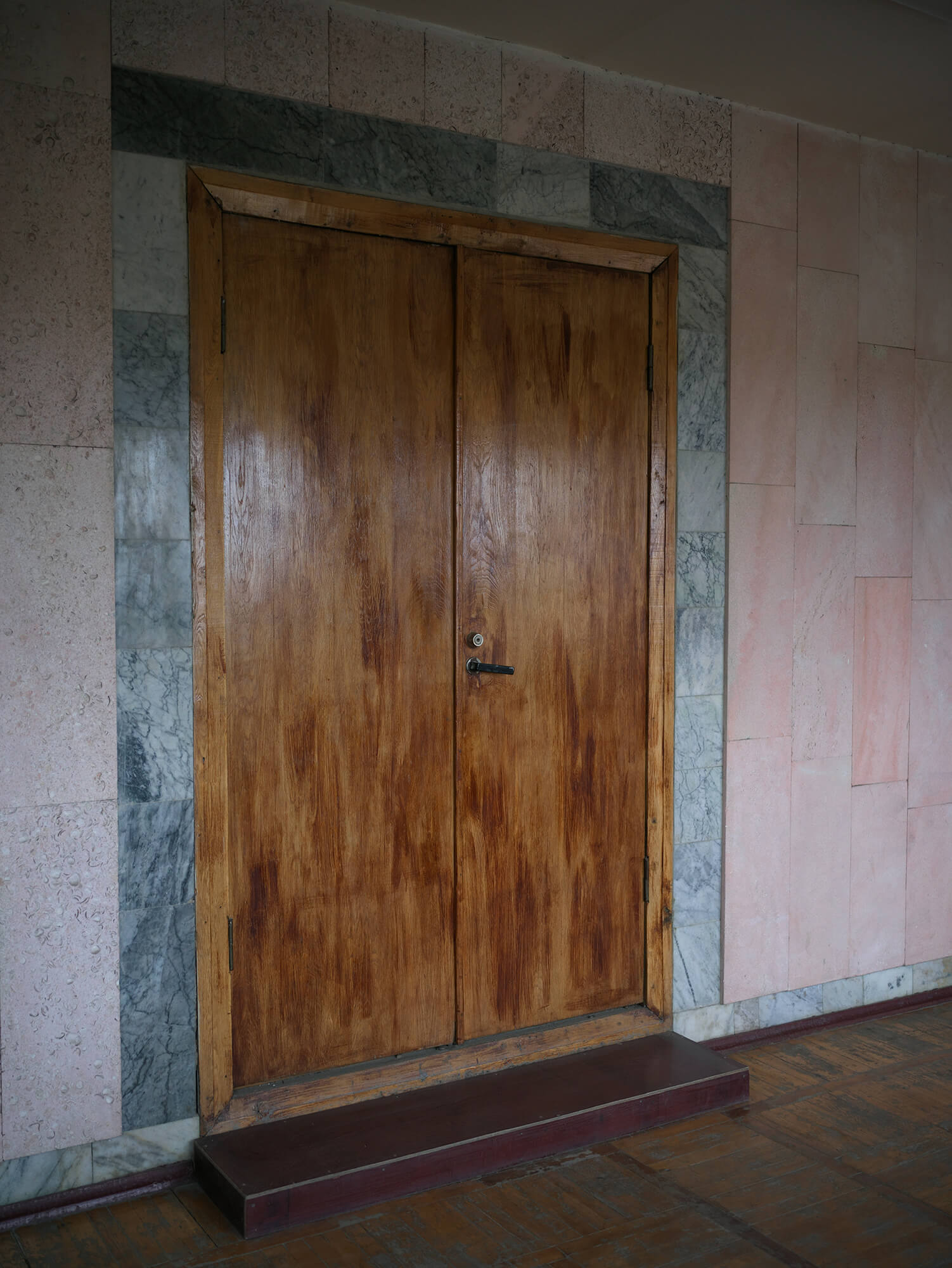
The interior of the fire and rescue station
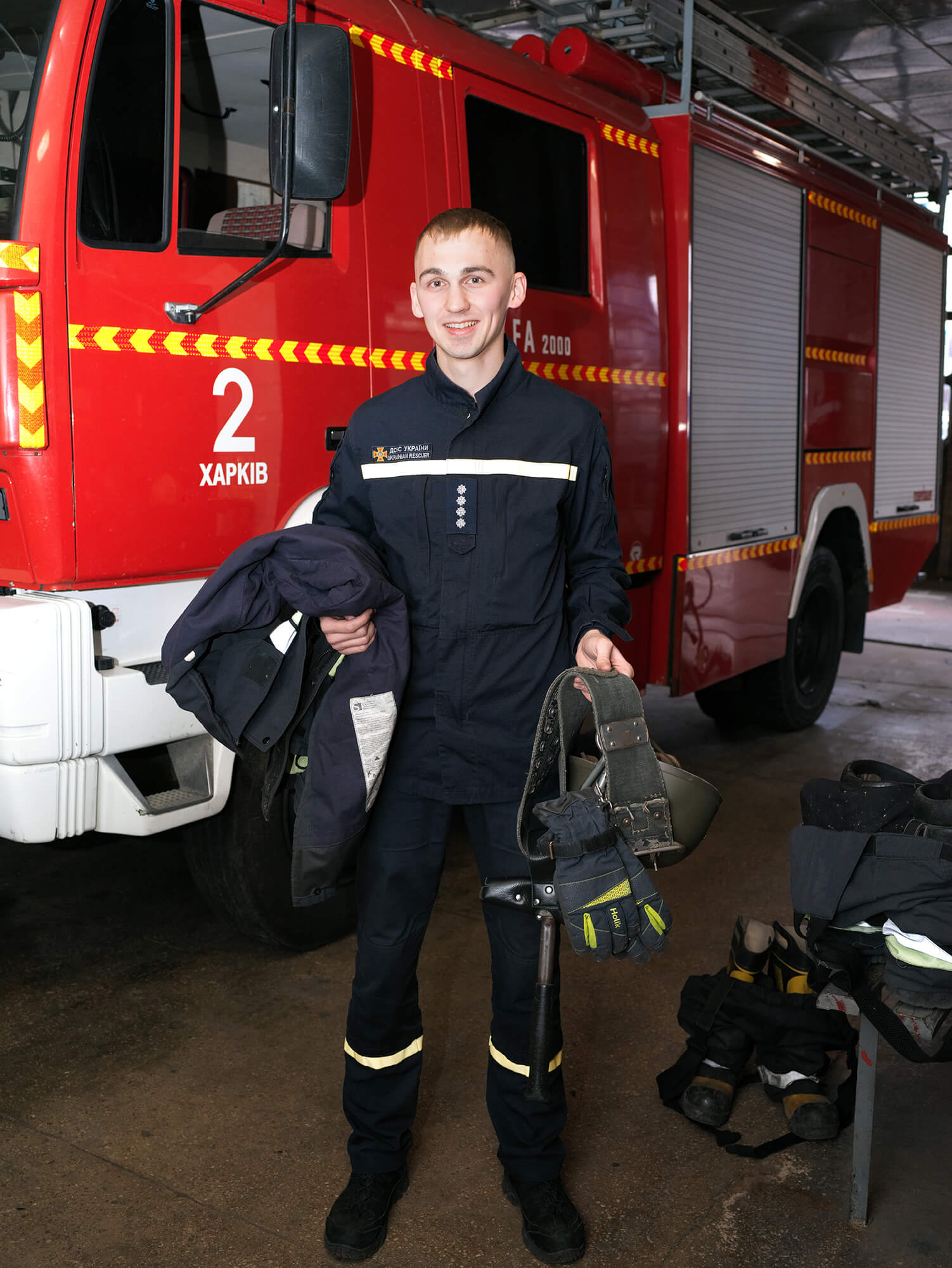
Danilo Zekun, employee of the fire and rescue second unit
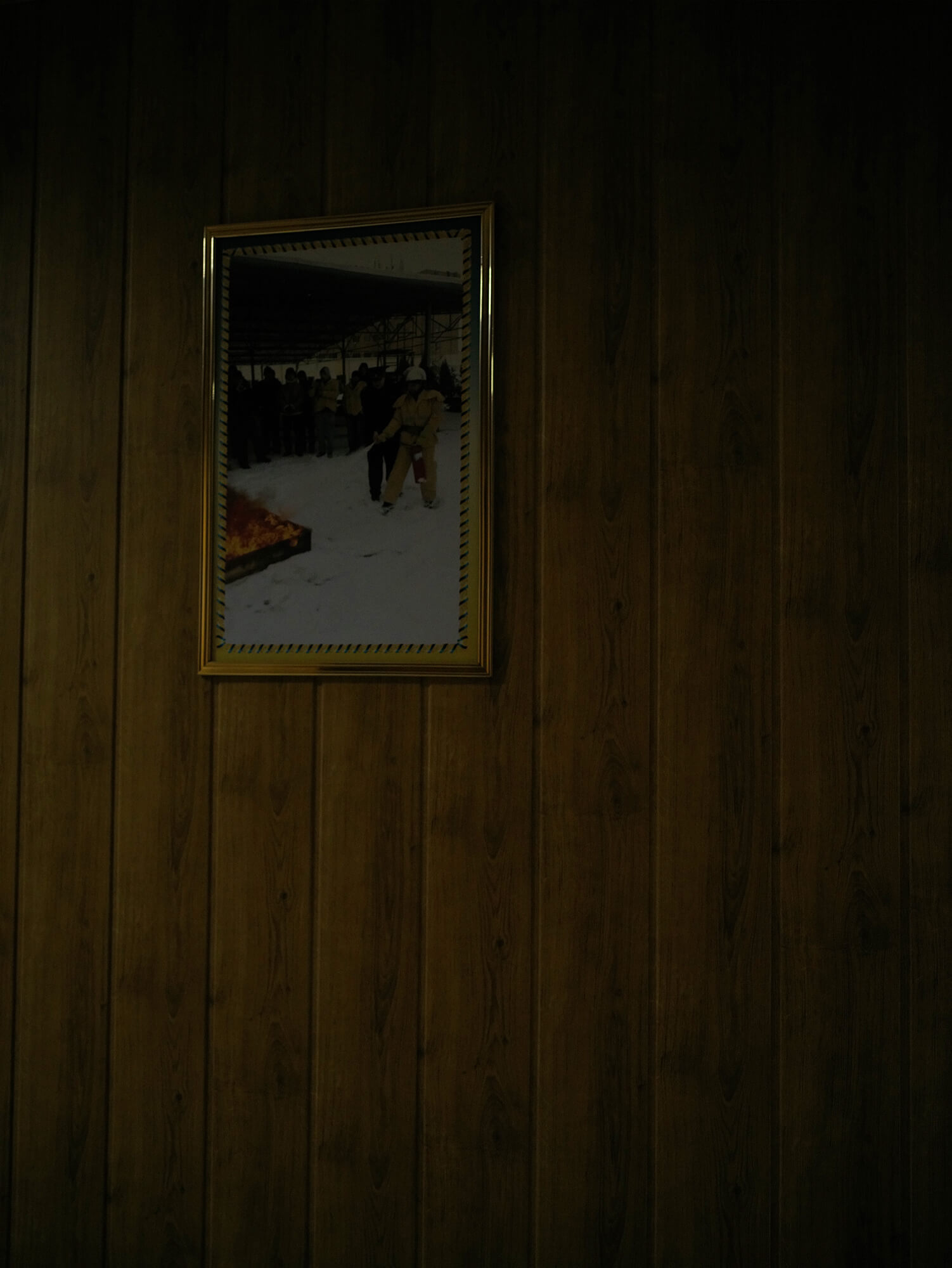
The interior of the fire and rescue station
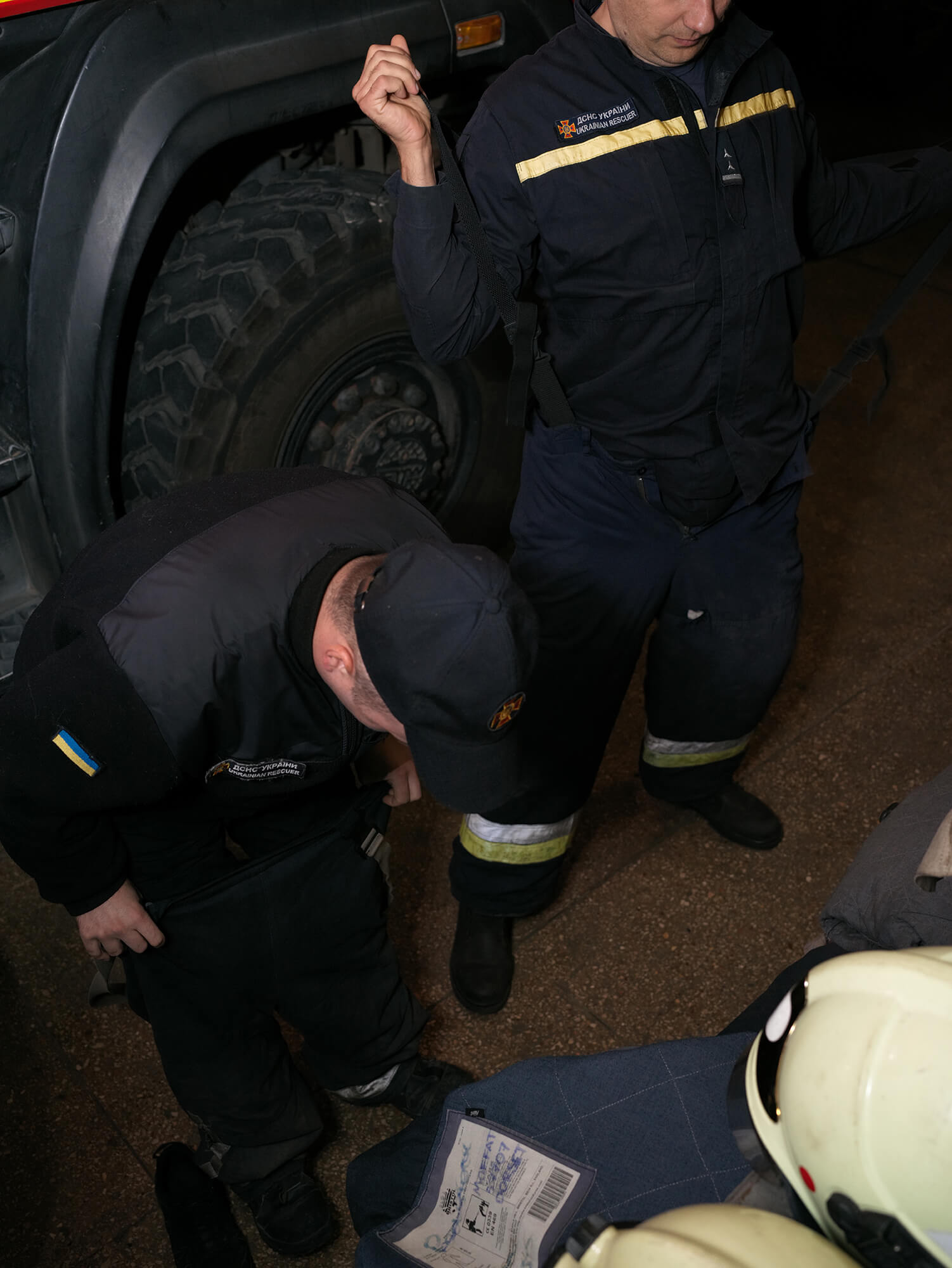
Departure of State Emergency Service of Ukraine (SESU) employees to the scene of the incident
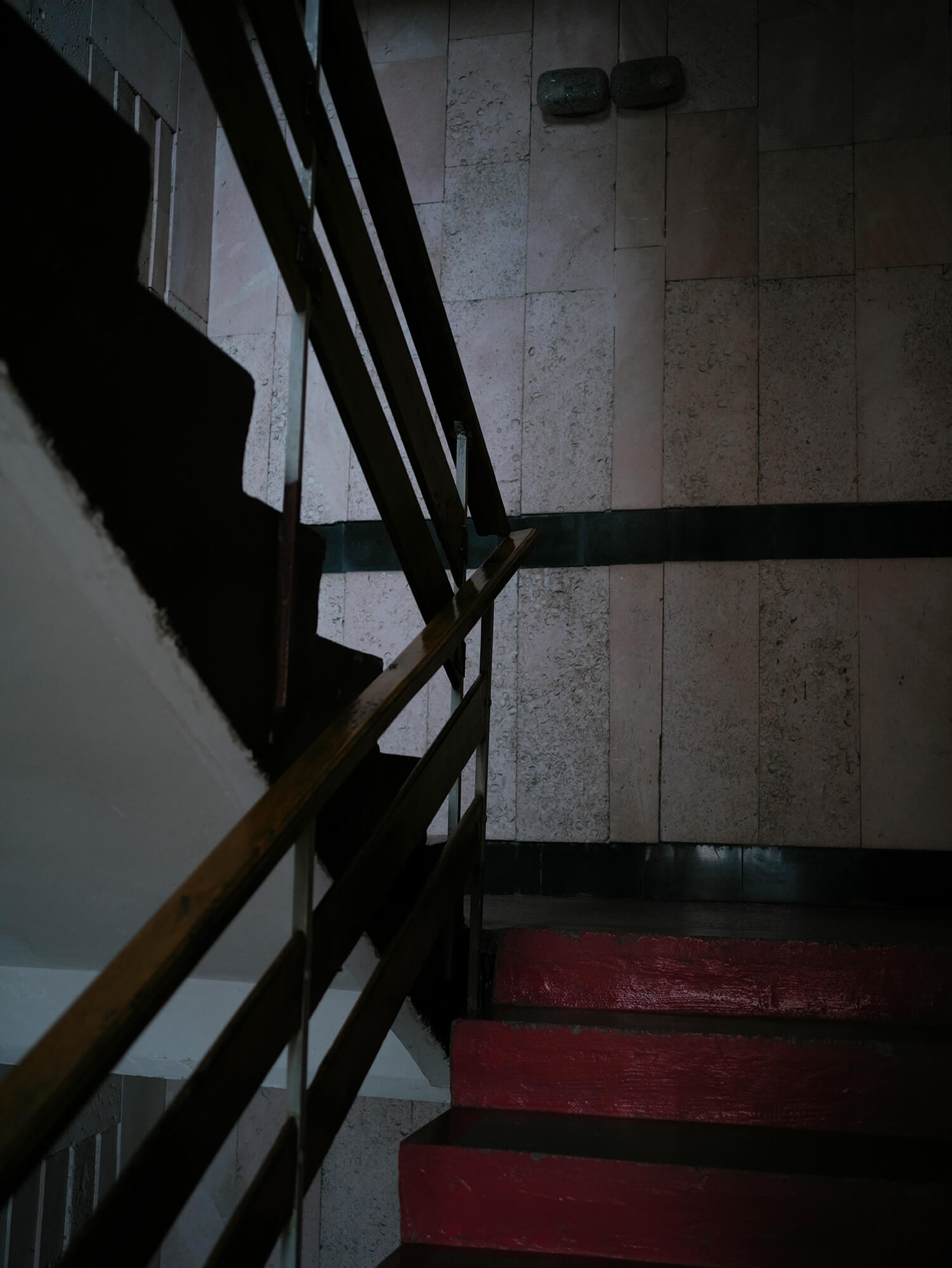
The interior of the fire and rescue station
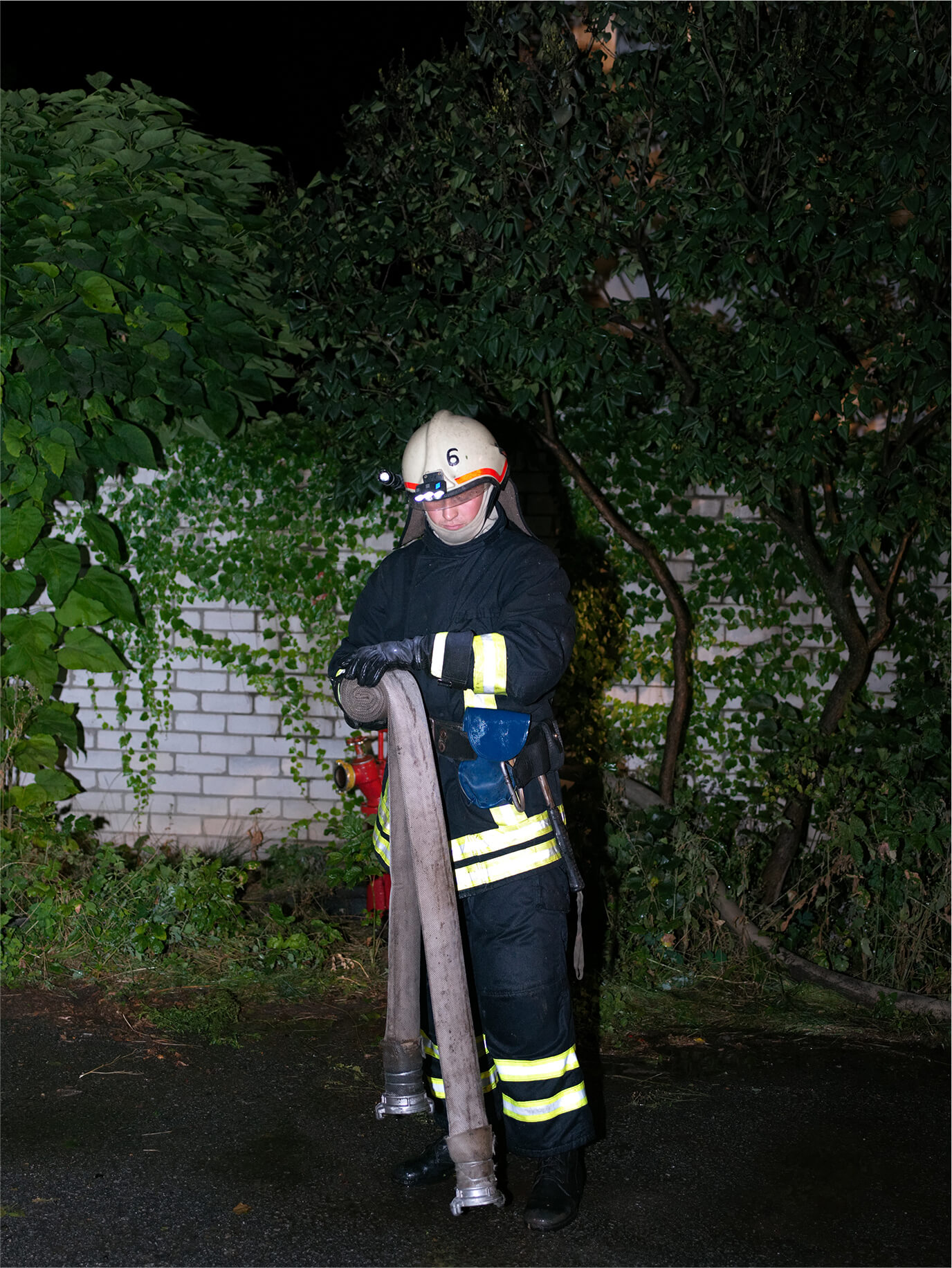
SESU firefighter during extinguishing a fire in a private sector
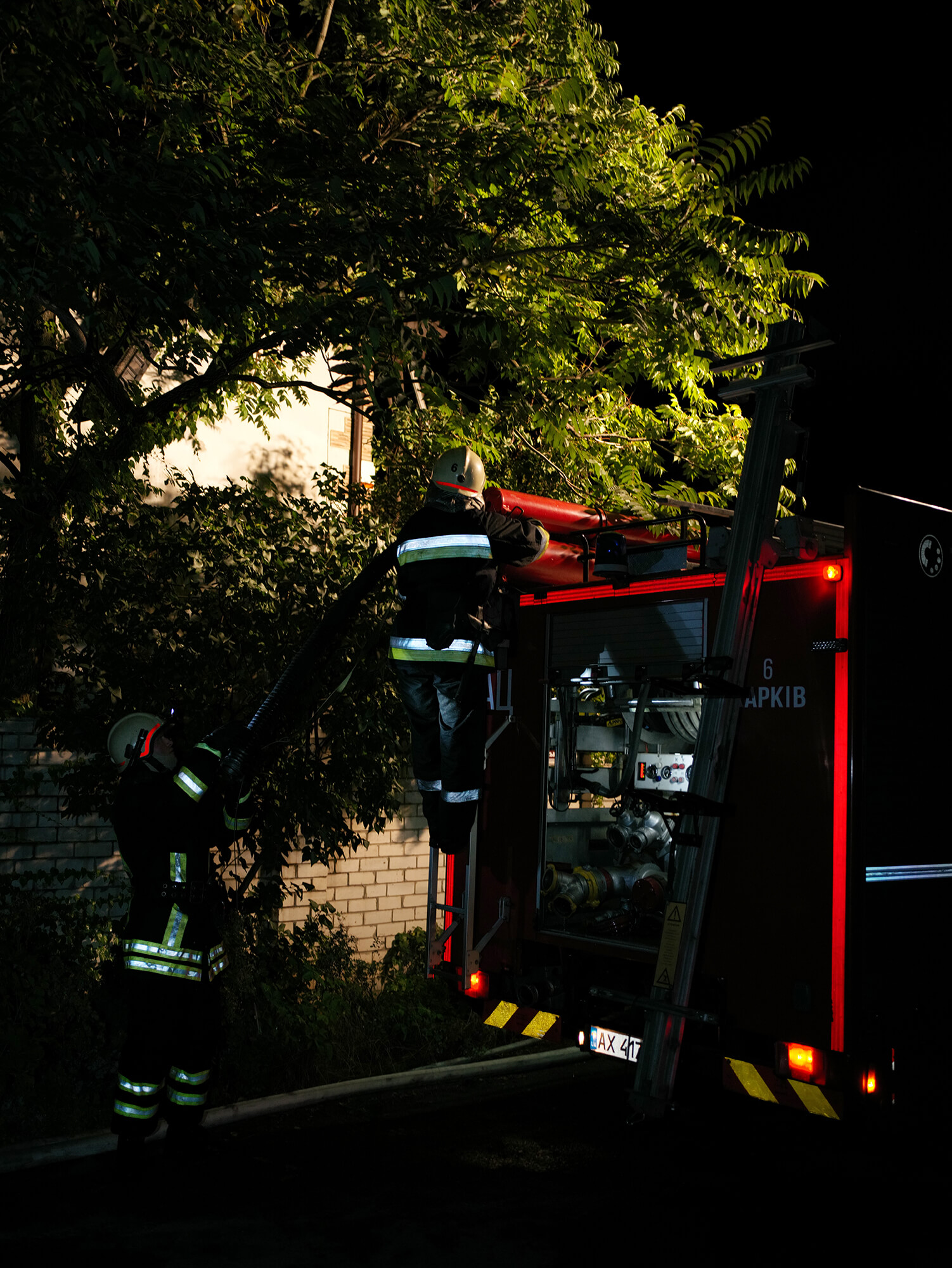
SESU firefighters during extinguishing a fire in a private sector
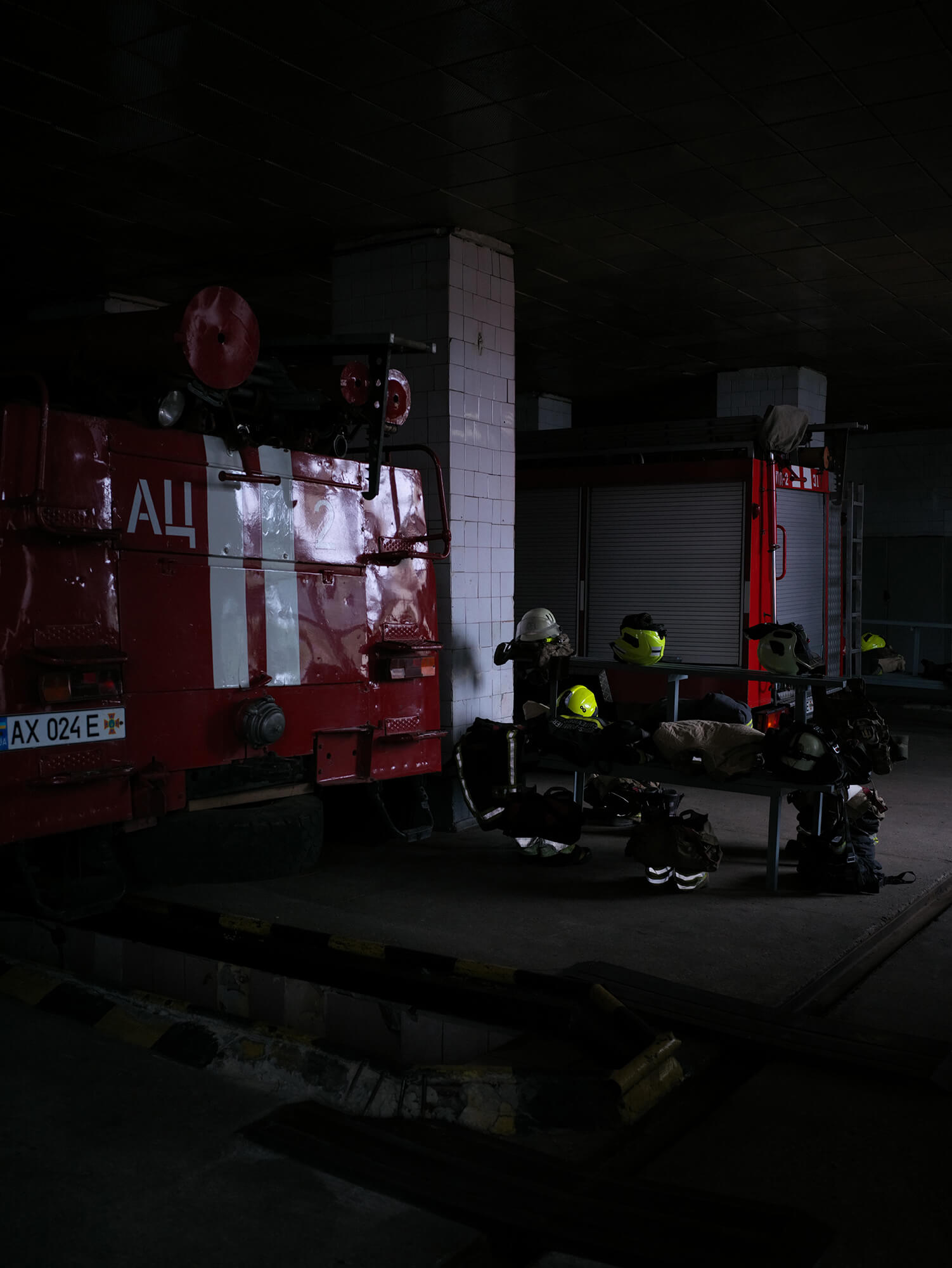
Fire and Rescue Station
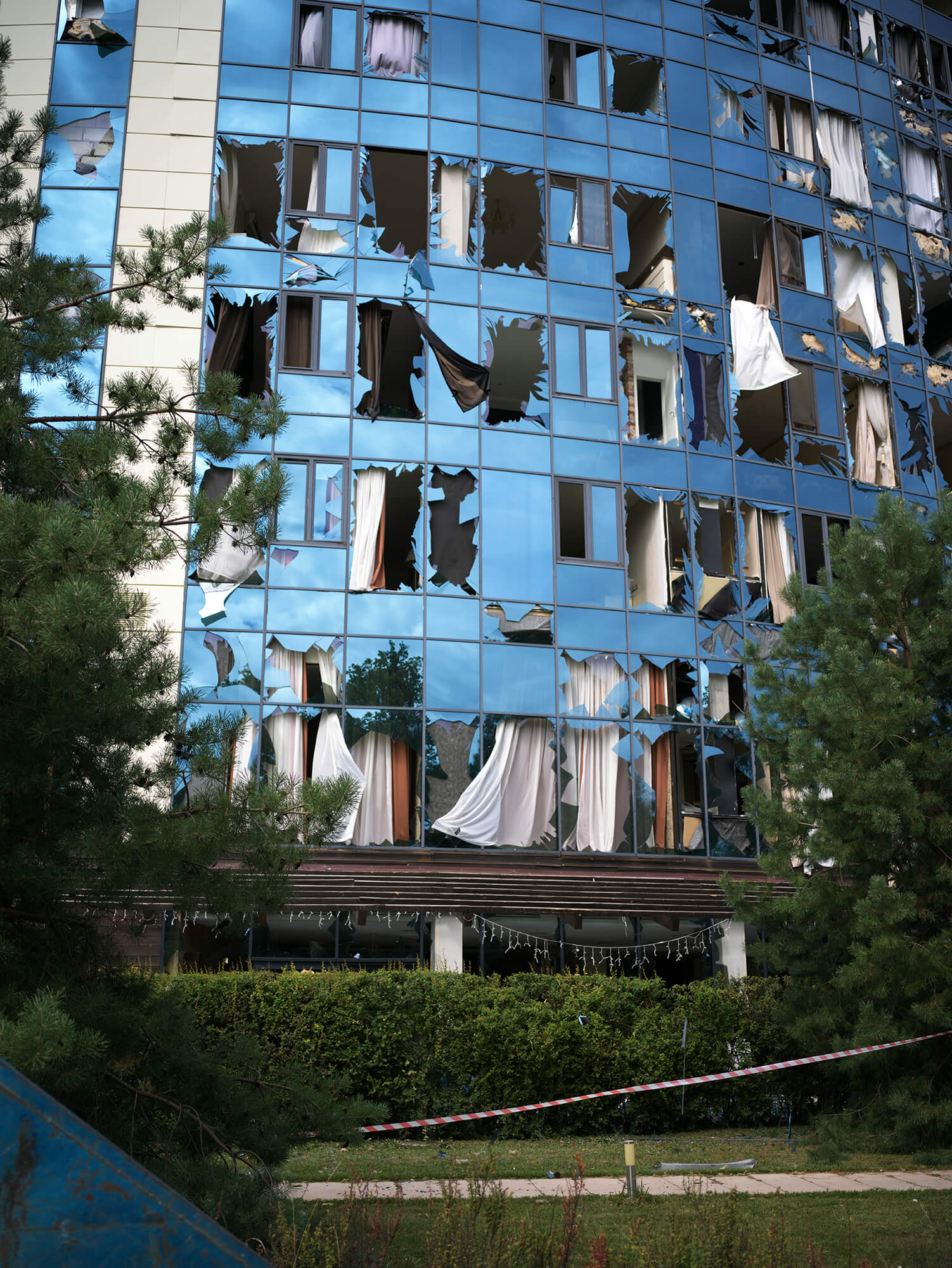
Building of the hotel complex "Misto"
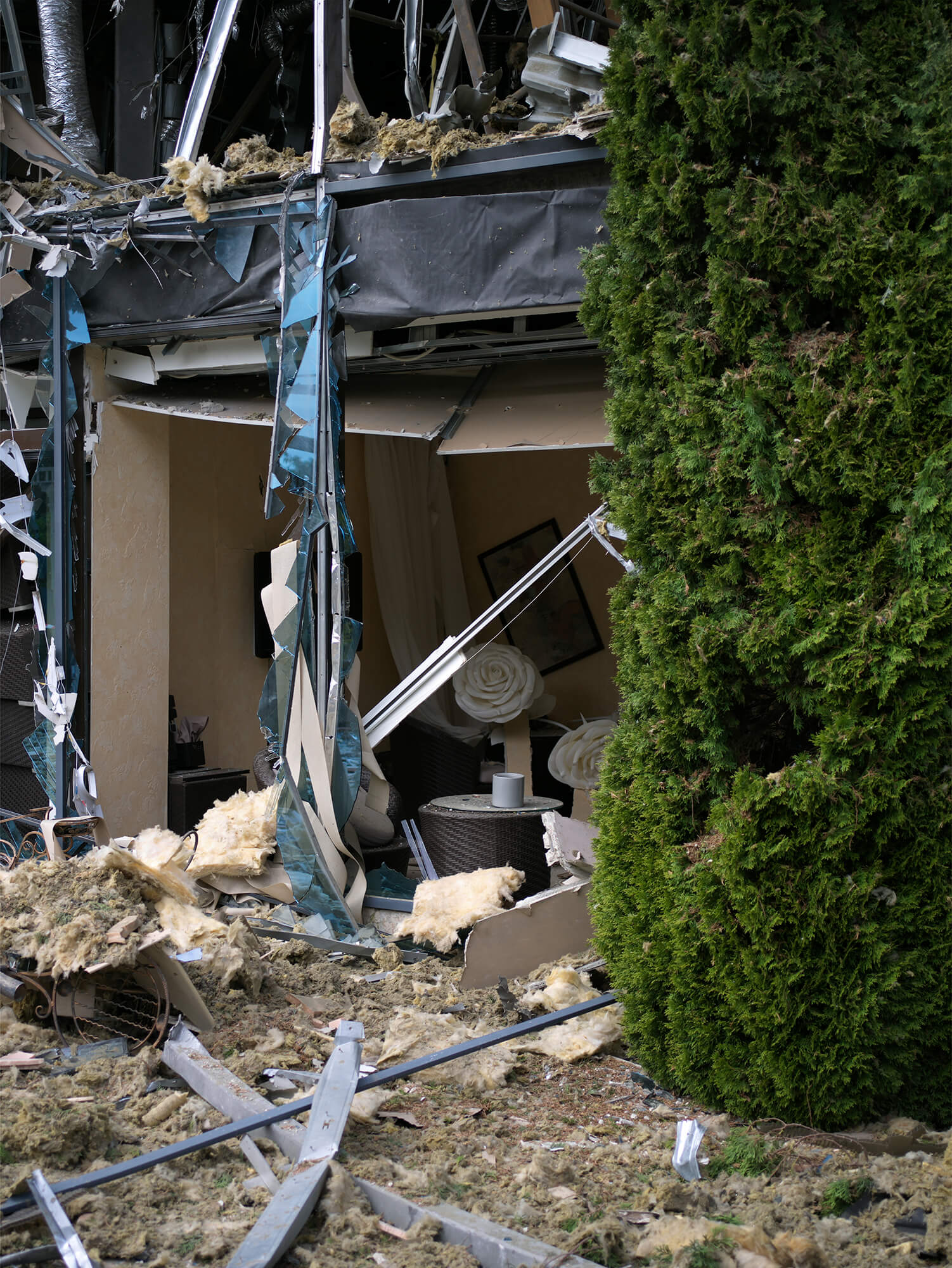
Hotel complex "Misto"
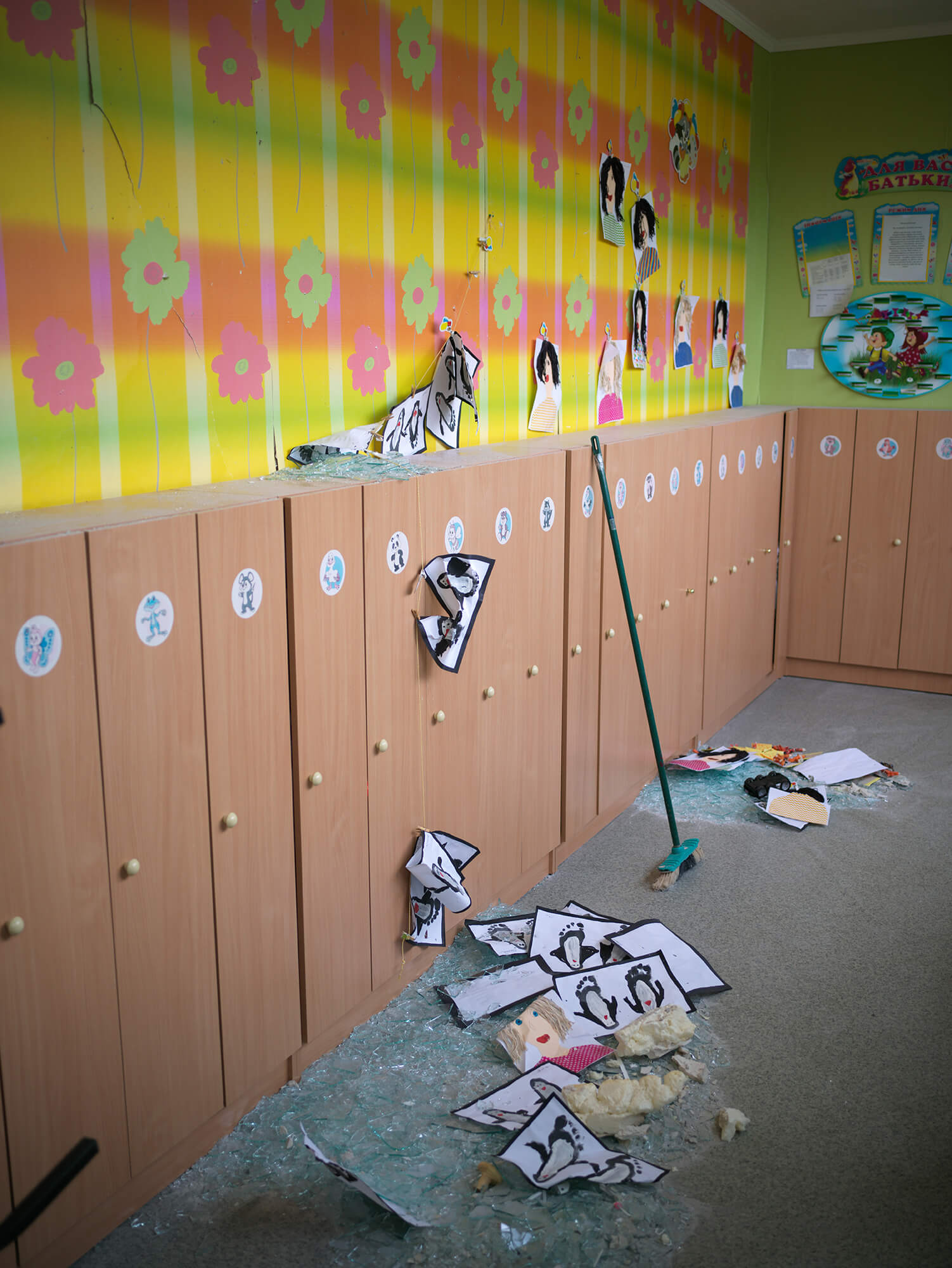
Interior of a kindergarten
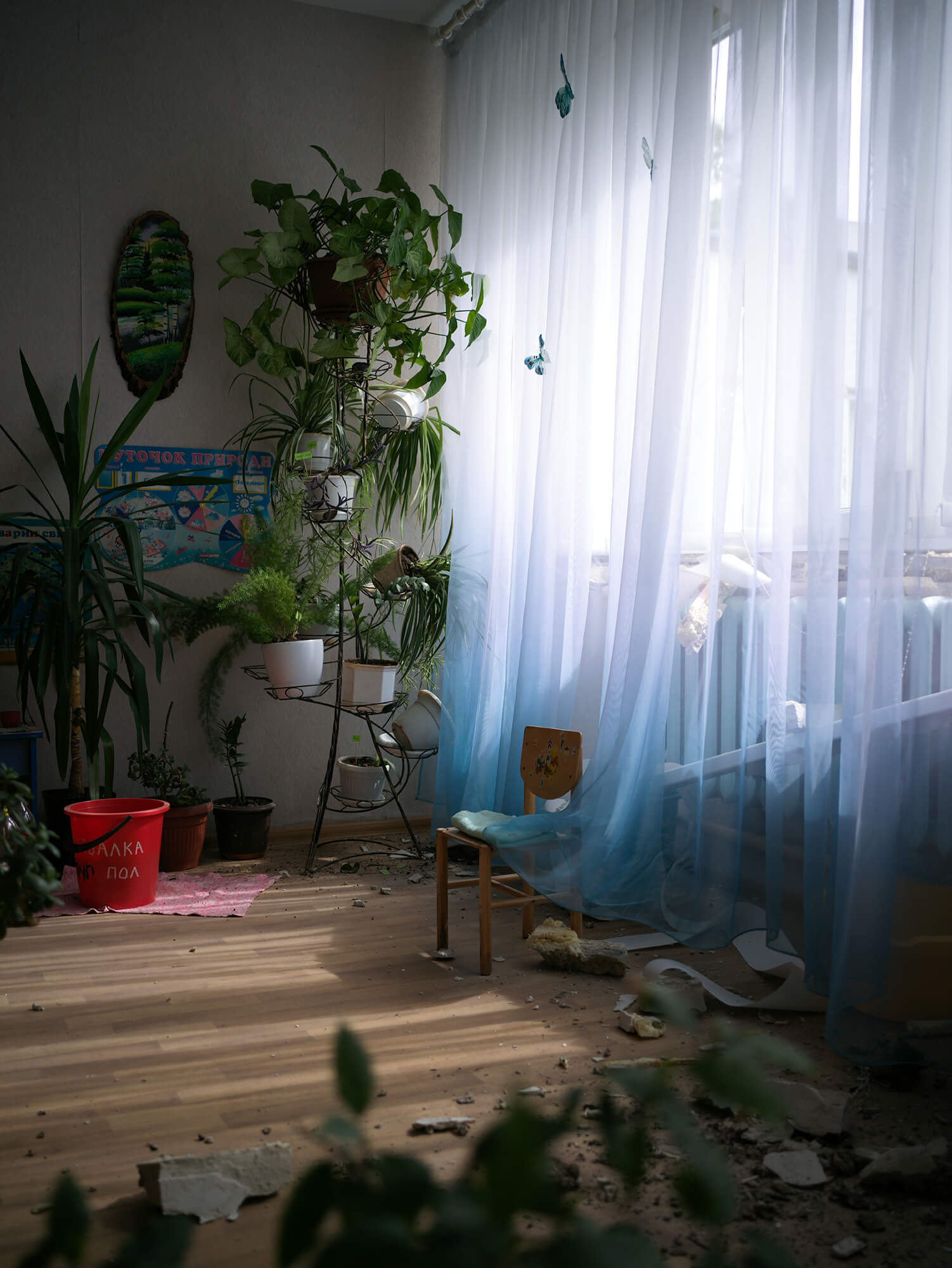
Interior of a kindergarten
New and best
